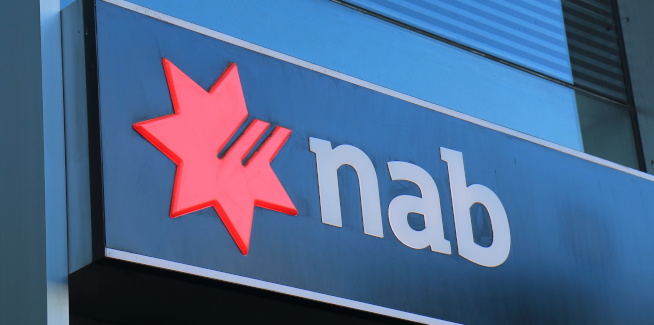Morgan Stanley analyst Richard Wiles is expecting NAB to incur “higher cumulative loss rates” than its big four peers, totalling approximately 121 bps of its loan portfolio.
According to Mr Wiles, NAB’s business mix and industry exposures leave it more susceptible to a COVID-induced deterioration in credit quality.
“While NAB significantly reduced its risk profile from 2009 to 2014, we think subsequent changes have been incremental,” he said.
As a result, the major bank is expected to increase its collective provisions (CP) coverage of risk-weighted assets (RWA), which are currently below average at 2.3 per cent.
“A $400 million top-up would lift coverage to [approximately] 1.3 per cent and only use [approximately] 10 bps of capital,” Mr Wiles observed.
This follows the completion of NAB’s $3.5-billion capital raise earlier this year, which comprised of a $3-billion fully underwritten institutional share placement plan and a non-underwritten share purchase plan targeting approximately $500 million.
However, Mr Wiles claimed that NAB would want to avoid another capital raise, and thus touted the possibility of a dividend deferral for the first half of NAB’s 2020 financial year (1H20).
Credit growth outlook
The Morgan Stanley analyst also noted that there are downside risks to the group’s 2-3 per cent housing credit growth forecast for NAB, in light of “de-leveraging” in the broader marketplace.
Mr Wiles added that Morgan Stanley’s forecast for growth of between 13 to 16 per cent across NAB’s business lending portfolio also “looks likely to fall well short”.
This comes amid a sharp decline in demand for credit in recent months, with both housing and business lending volumes falling.
According to the Australian Bureau of Statistics’ latest Lending Indicators data, the value of home loan approvals plunged 11.6 per cent (seasonally adjusted terms) to $16.4 billion in May – the largest fall in the history of the series.
This follows a 4.8 per cent decline in April, which was the sharpest fall since May 2015.
The Reserve Bank of Australia’s Financial Aggregates data has also revealed that after falling from a record high of 3.1 per cent in March to 0.1 per cent in April, business credit growth contracted by 0.6 per cent in May.
[Related: Deferral extensions will not dent housing: Buyer’s agent]
 ;
;